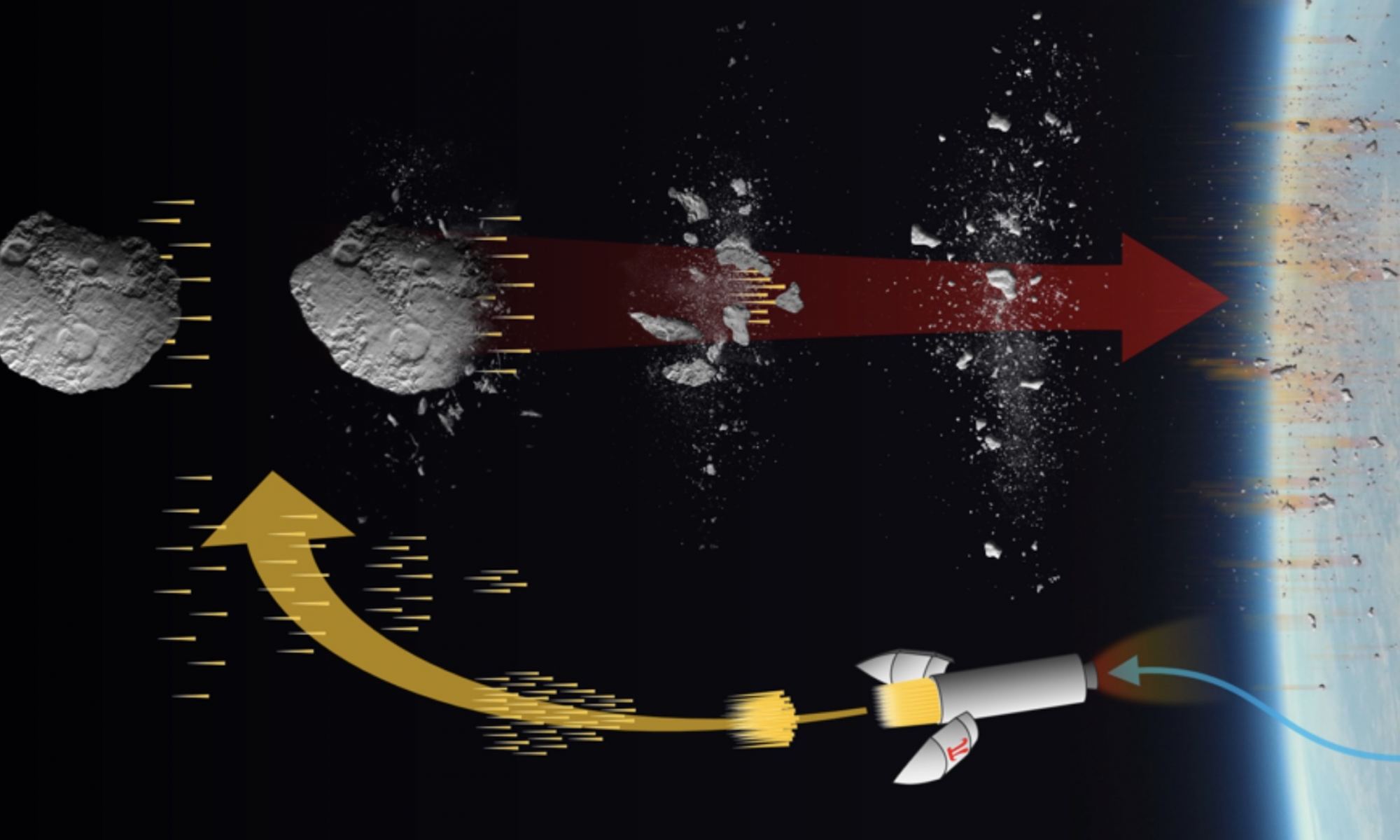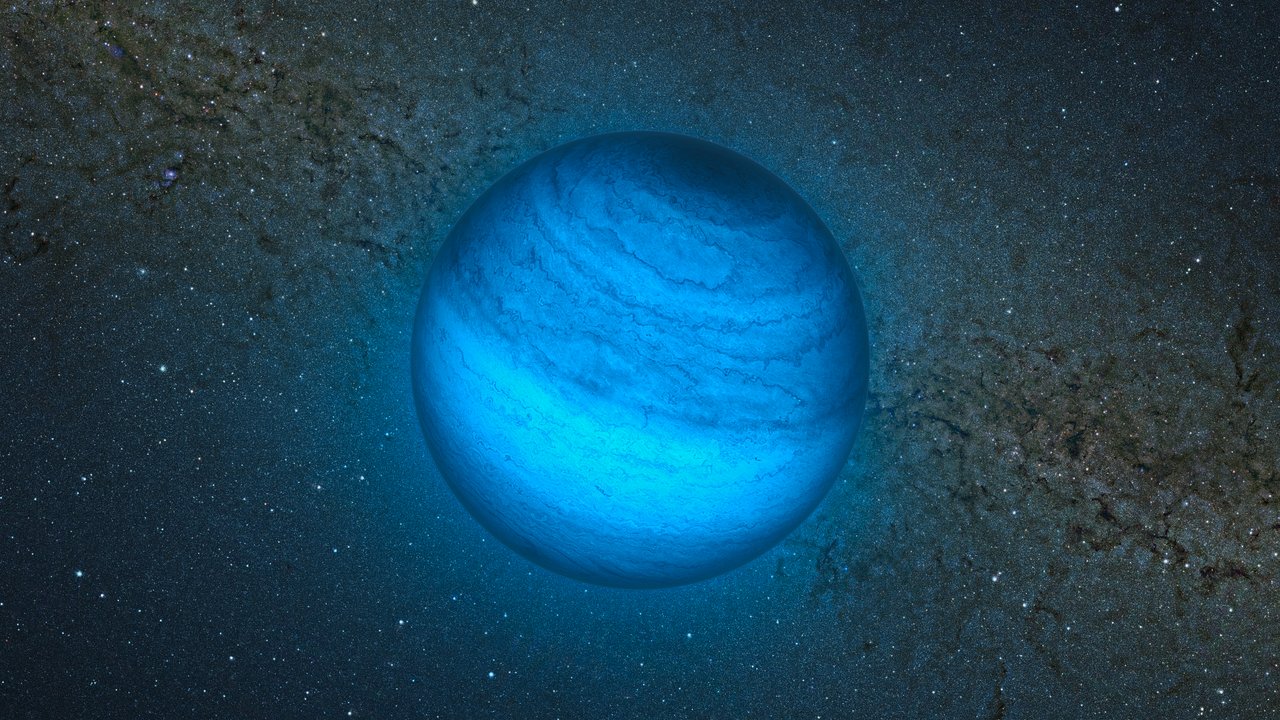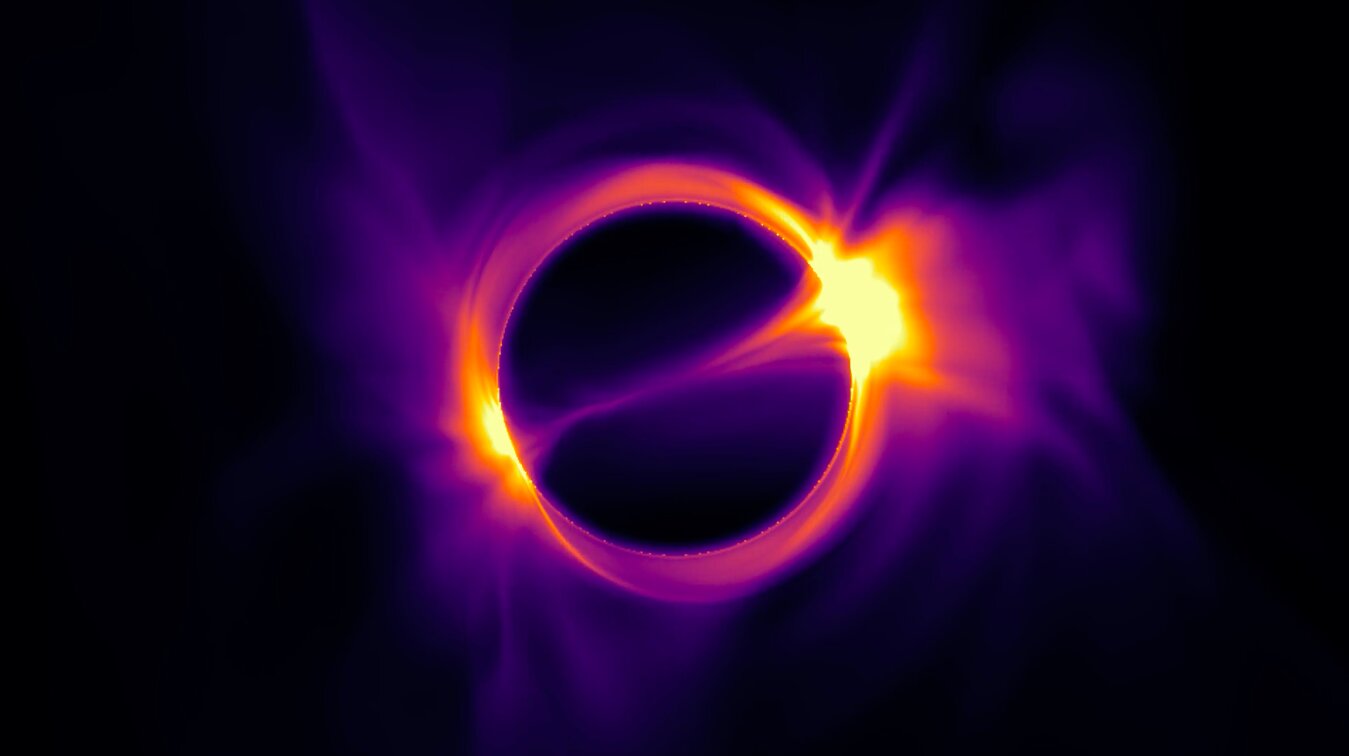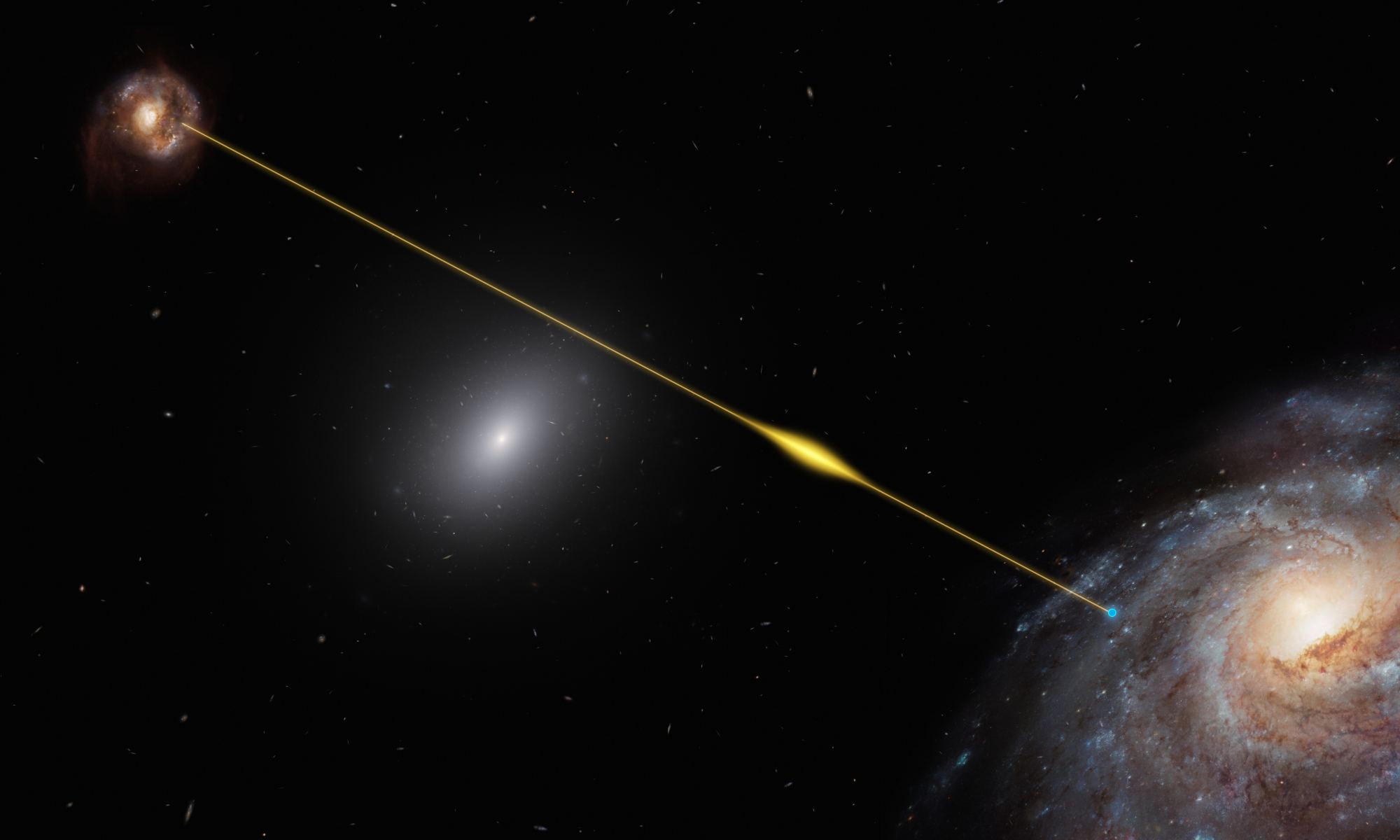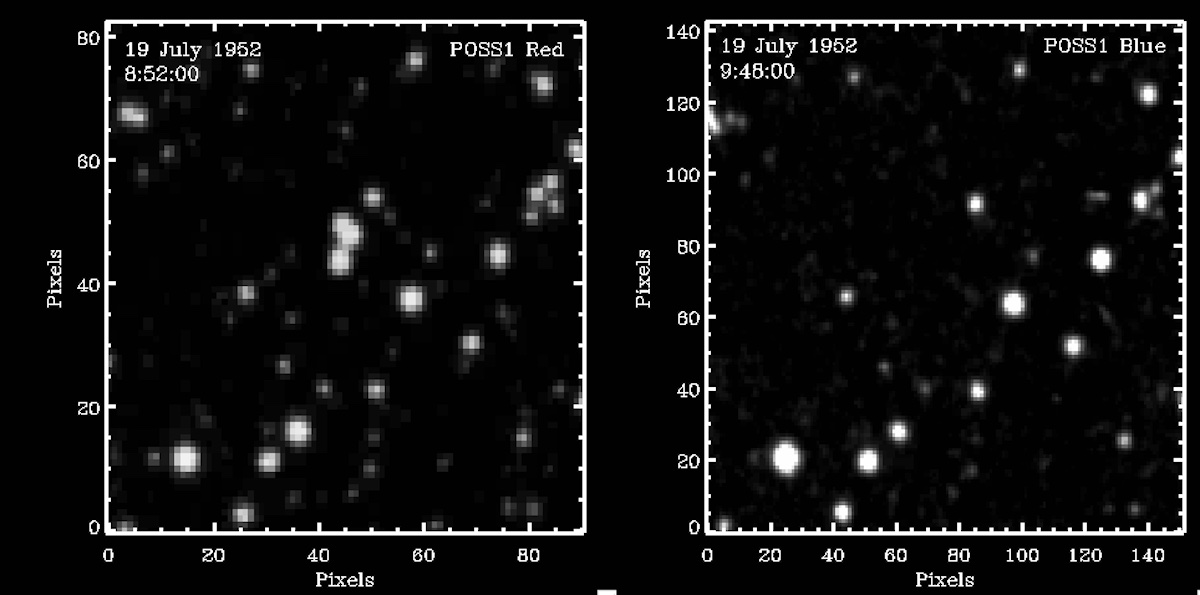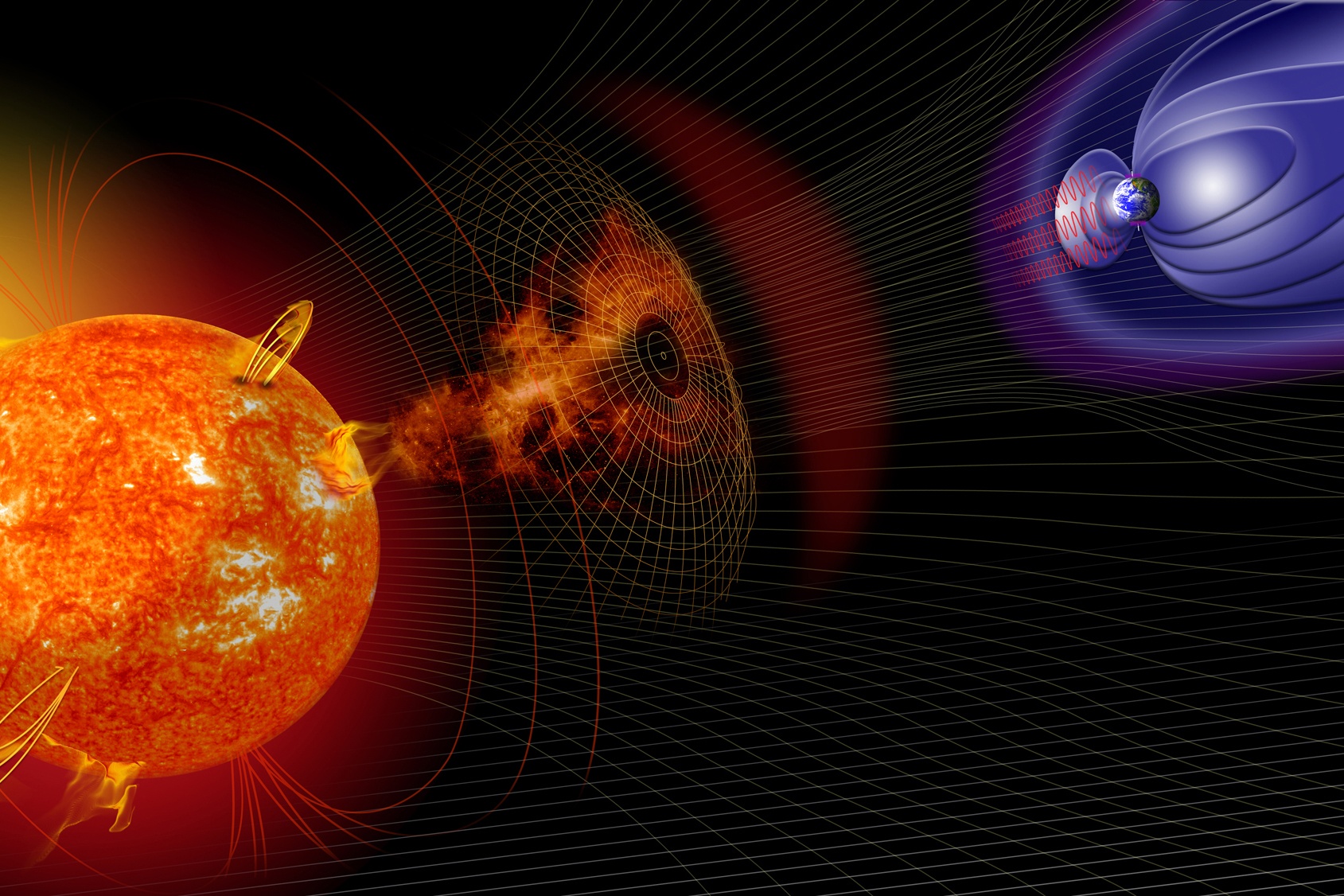In July of this year, an asteroid roughly 30 to 60 meters across passed Earth to within one-quarter of the distance to the Moon. It posed no threat to our world, but if it had struck Earth it would have created a blast three times greater than the 2013 Chelyabinsk impact. And we only noticed it two days after it passed. It’s a good example of how sizable asteroids still miss detection. Not ones large enough to threaten our extinction, but large enough to threaten millions of lives. If a similar asteroid was detected just days before impact, could we stop it? That’s the question raised by a recent study in the arXiv.
Continue reading “An Asteroid Came Uncomfortably Close to Earth in July. Could we Have Stopped it?”Misaligned Binary Star Systems are Rogue Planet Factories
Most of the planets in the Universe orbit a star. They are part of a system of planets, similar to our own solar system. But a few planets drift alone in the cosmos. For whatever reason, be it a near collision or slow gravitational perturbations that destabilize its orbit, these planets are cast out of their star system and sent adrift. These rogue planets are notoriously challenging to find, but as we start to discover them we’re finding they are a bit more common than we’d thought. Now a new study posits a reason why.
Continue reading “Misaligned Binary Star Systems are Rogue Planet Factories”The Milky Way's Black Hole is Spinning as Fast as it Can
Pick any object in the Universe, and it is probably spinning. Asteroids tumble end over end, planets and moons rotate on their axes, and even black holes spin. And for everything that spins, there is a maximum rate at which it can rotate. The black hole in our galaxy is spinning at nearly that maximum rate.
Continue reading “The Milky Way's Black Hole is Spinning as Fast as it Can”This Photonic Crystal Bends Light Like a Black Hole
One of the first observational tests of general relativity was that the path of light bends in the presence of mass. Not only refracts the way light changes direction as it enters glass or other transparent materials, but bends along a curved bath. This effect is central to a range of physical phenomena, from black holes to gravitational lensing to observations of dark matter. But because the effect is so tiny on human scales, we can’t study it easily in the lab. That could change in the future thanks to a new discovery using distorted photonic crystals.
Continue reading “This Photonic Crystal Bends Light Like a Black Hole”A Fast Radio Burst Took 8 Billion Years to Reach Us
Fast Radio Bursts are an astrophysical enigma. They are intense bursts of radio energy lasting anywhere from a fraction of a millisecond to a few seconds, typically with a frequency of around 1,400 MHz, and we still don’t know what causes them. They were first detected in 2007 but were initially so rare and short-lived that it was difficult to confirm they weren’t terrestrial in origin. With the inauguration of the CHIME telescope and other wide-field radio observatories, we started observing lots of them, which confirmed they were both astrophysical and mostly coming from outside our galaxy. Now one has been observed from a galaxy 8 billion light years away, and it could help us solve a cosmological mystery.
Continue reading “A Fast Radio Burst Took 8 Billion Years to Reach Us”How Close is Too Close to a Kilonova?
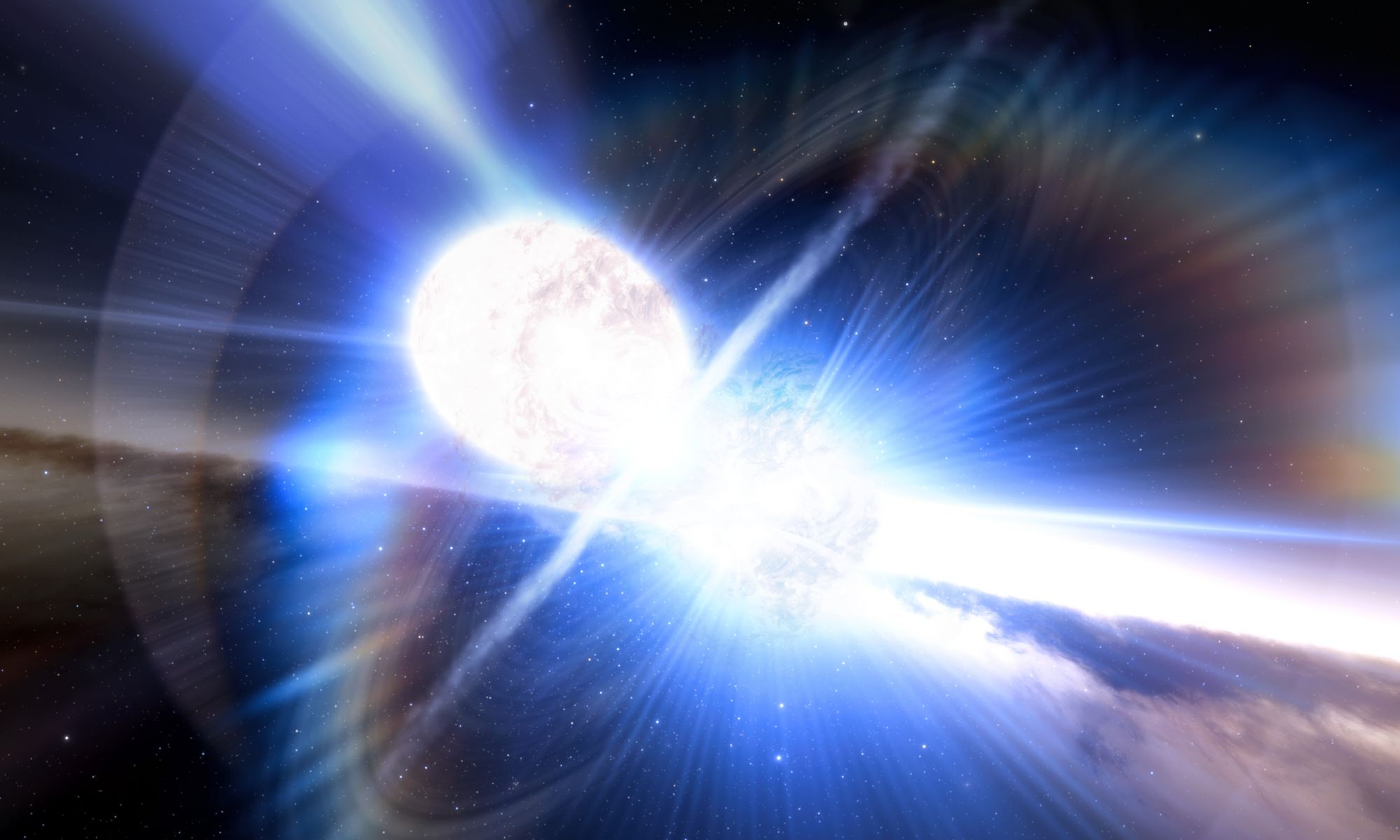
Cataclysmic events happen in the Universe all the time. Black hole mergers, supernovae, gamma-ray bursts, and a whole host of others. Most of them happen in distant galaxies, so they pose no threat to us. But there are a few that could affect life on Earth, and a couple could even pose an existential threat. One of these threats is known as a kilonova.
Continue reading “How Close is Too Close to a Kilonova?”JWST Looks at the Debris Disc Around a White Dwarf
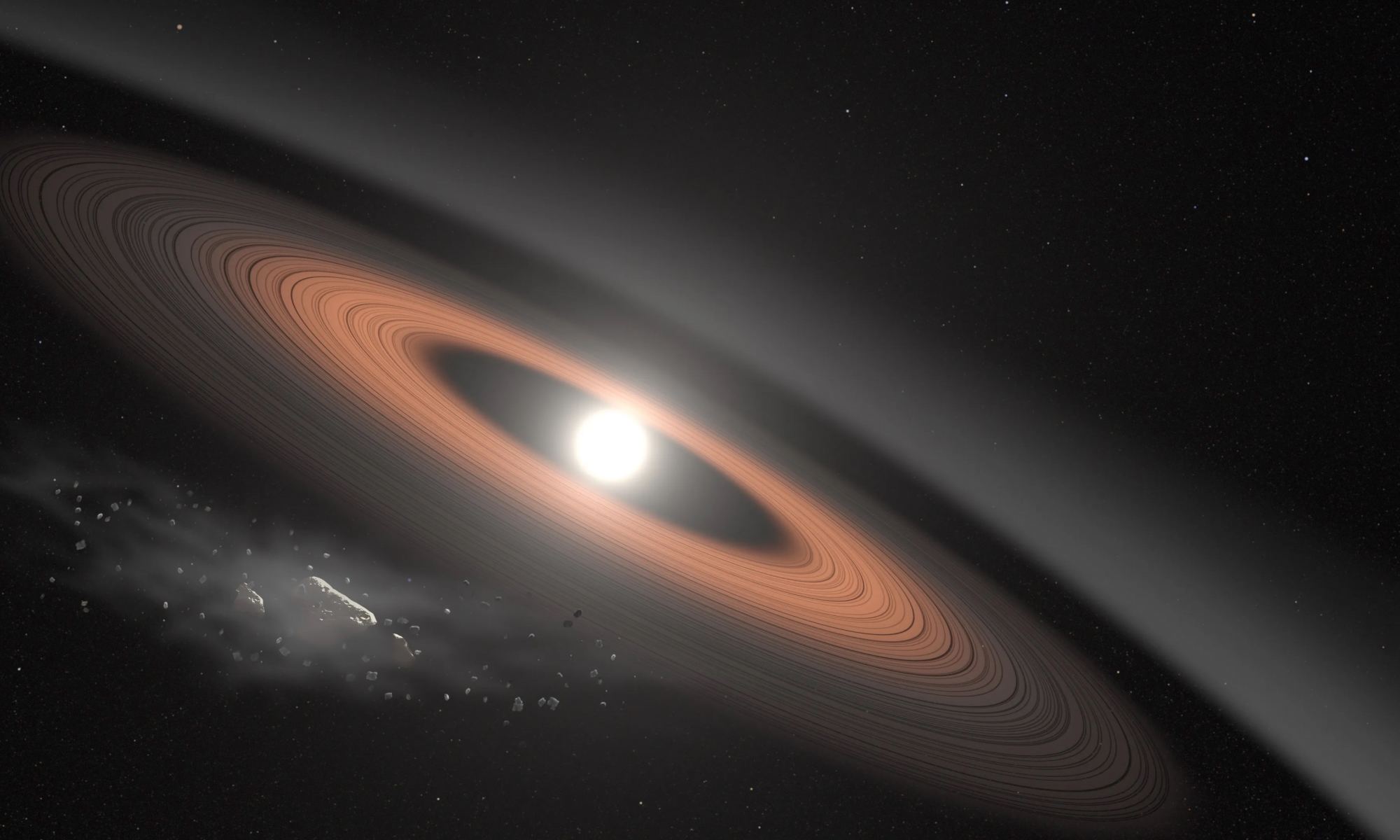
Debris disks are quite common in the Universe. Young stars have protoplanetary disks from which planets form. Black holes have accretion disks that are the source of the galactic jets. Supernova remnants can form a disk around neutron stars. So what about white dwarfs?
Continue reading “JWST Looks at the Debris Disc Around a White Dwarf”In 1952, A Group of Three “Stars” Vanished. Astronomers Still Can’t Find Them
On July 19, 1952, Palomar Observatory was undertaking a photographic survey of the night sky. Part of the project was to take multiple images of the same region of sky, to help identify things such as asteroids. At around 8:52 that evening a photographic plate captured the light of three stars clustered together. At a magnitude of 15, they were reasonably bright in the image. At 9:45 pm the same region of sky was captured again, but this time the three stars were nowhere to be seen. In less than an hour they had completely vanished.
Continue reading “In 1952, A Group of Three “Stars” Vanished. Astronomers Still Can’t Find Them”Can We Find the Heaviest Elements in Asteroids?
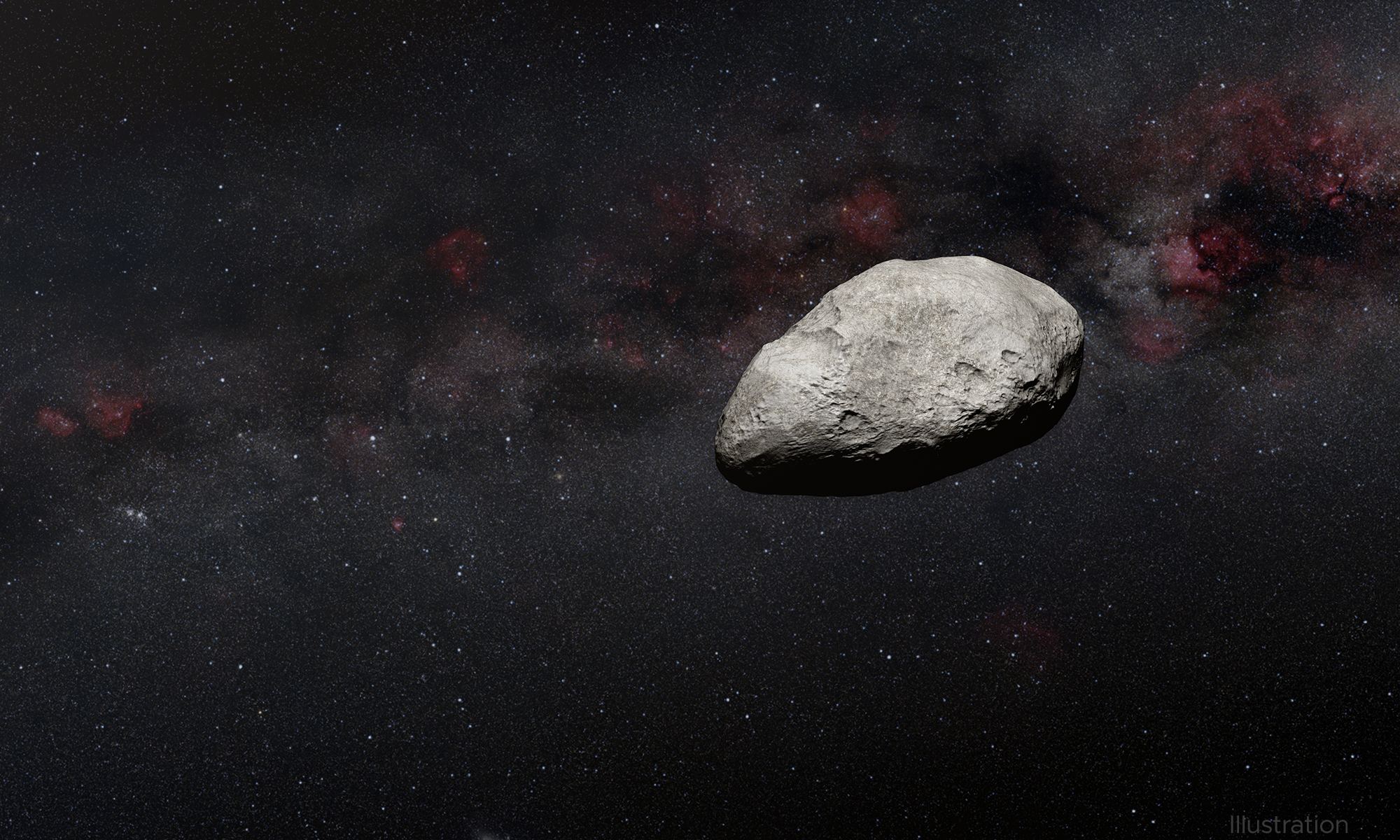
One of the reasons that asteroid mining is such a popular idea among industrialists is that they holds large quantities of heavy elements. NASA’s Psyche spacecraft just launched this week, headed for an asteroid that holds ten to thirty quintillion U.S dollars worth of rare-earth elements and other heavy metals. During our planet’s formation, the heavier of these elements tended to sink deep into the Earth, making them hard to find. But even in small asteroids, these heavy elements might be much more common and accessible. Since we rely on these rare-earth elements for our modern society, metal-rich asteroids such as Psyche are worth checking out.
Continue reading “Can We Find the Heaviest Elements in Asteroids?”A Monster Solar Storm Struck Earth 14,300 Years Ago
The Sun is such a stable presence in our lives that we often take it for granted. Few things are as certain sure as the rising of the Sun each morning, and the cycles of the seasons mark the years of our lives. But the Sun is a star, and stars can sometimes be unpredictable. They can emit powerful solar flares and powerful X-rays. With our deep dependence on technology and electricity, the Sun poses a small but real risk to our civilization. As a recent study shows, the Sun has had some extremely powerful flares in recent cosmic times.
Continue reading “A Monster Solar Storm Struck Earth 14,300 Years Ago”
